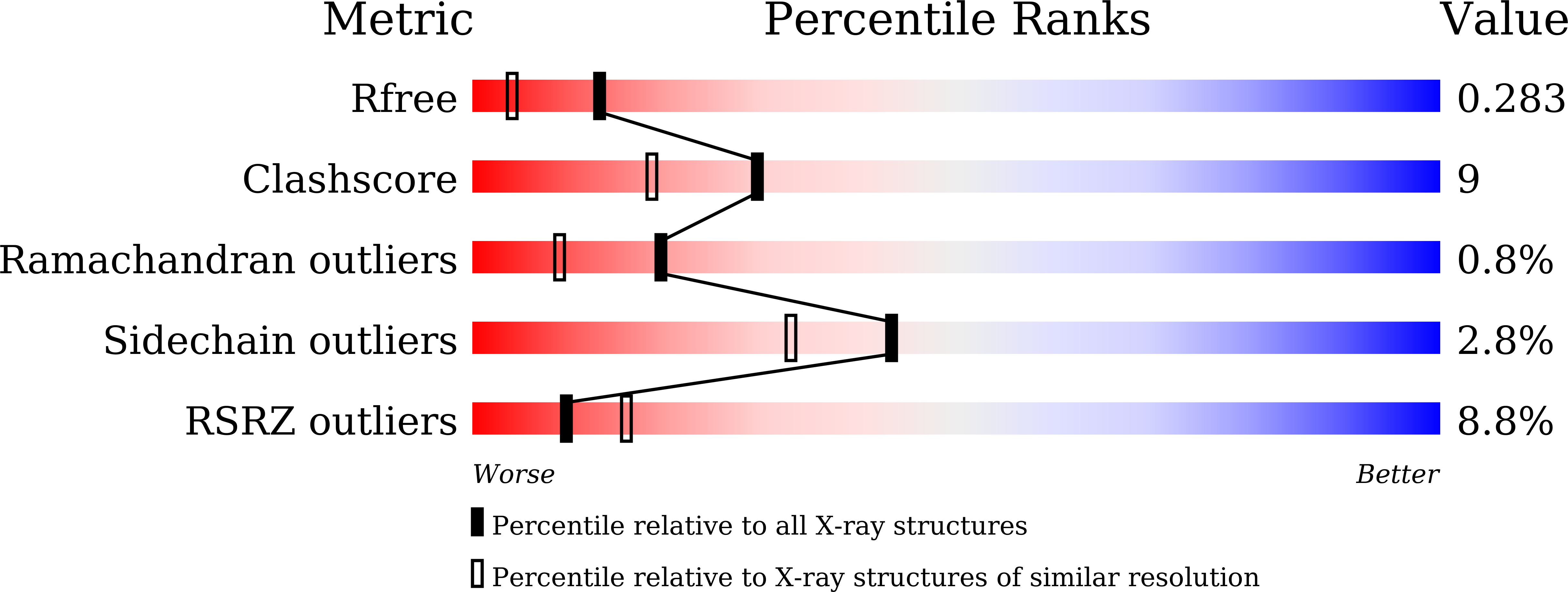
Deposition Date
2021-01-07
Release Date
2021-11-17
Last Version Date
2024-05-29
Entry Detail
Biological Source:
Source Organism:
Moraxella phage Mcat5 (Taxon ID: 1647551)
Host Organism:
Method Details:
Experimental Method:
Resolution:
1.96 Å
R-Value Free:
0.29
R-Value Work:
0.25
R-Value Observed:
0.25
Space Group:
C 1 2 1


